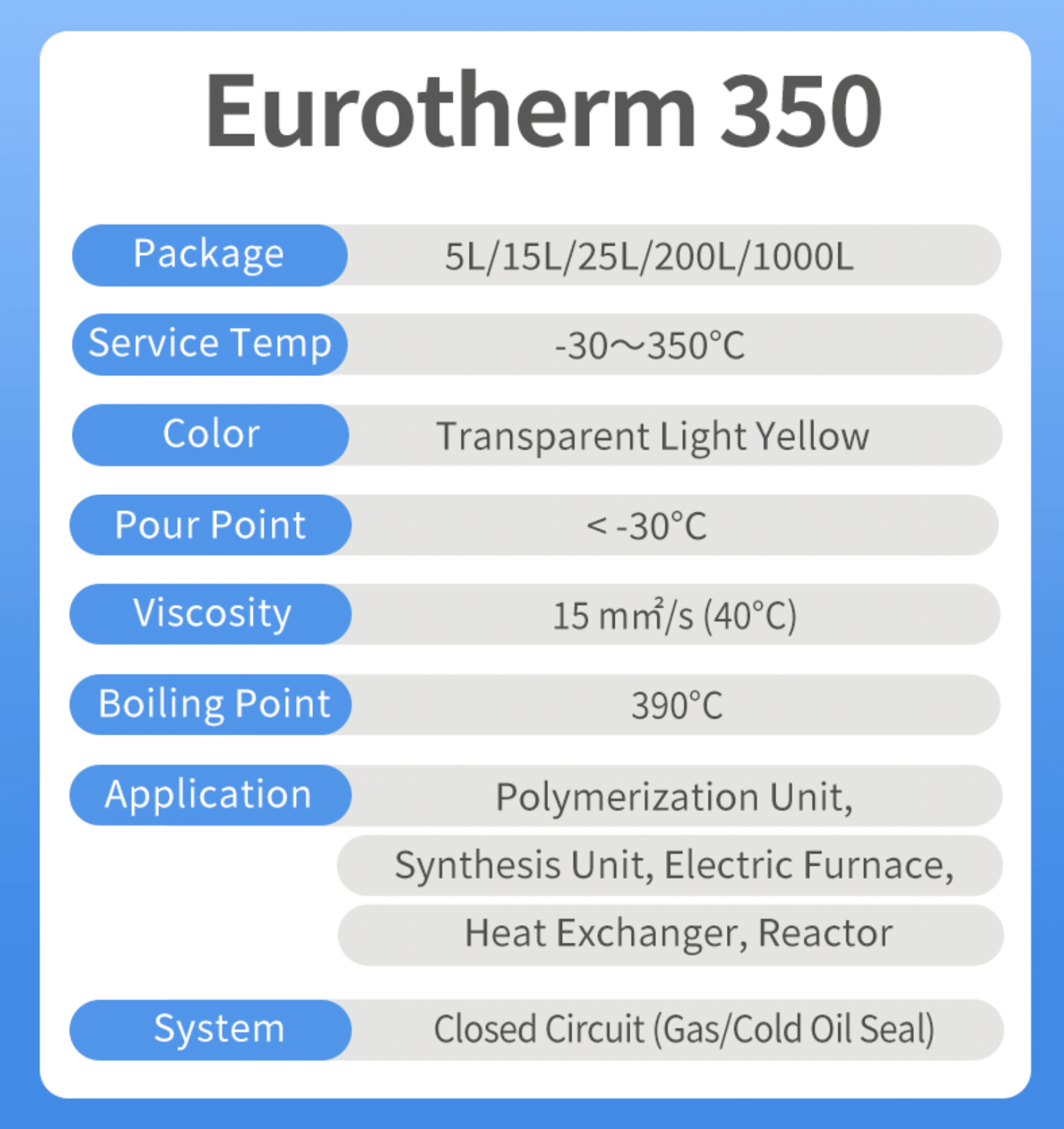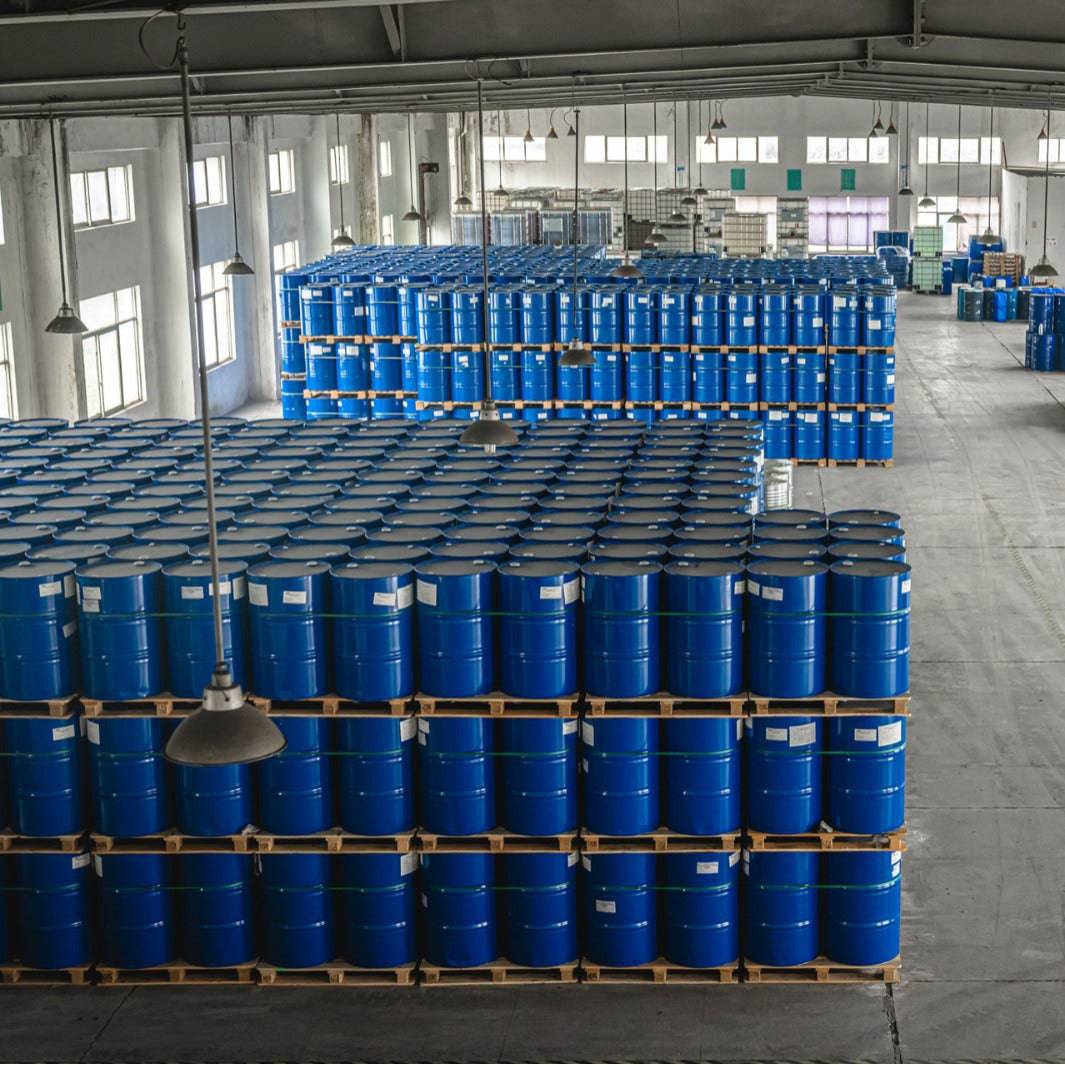The 9-Minute Rule for Chemie
The 9-Minute Rule for Chemie
Blog Article
Indicators on Chemie You Should Know
Table of ContentsThe Buzz on ChemieHow Chemie can Save You Time, Stress, and Money.Examine This Report about ChemieChemie Things To Know Before You BuyChemie Fundamentals ExplainedSome Known Factual Statements About Chemie
By Bojanna Shantheyanda, Sreya Dutta, Kevin Coscia and David SchiemerDynalene, Inc. Liquid cooling, which can be achieved using indirect or straight methods, is used in electronic devices applications having thermal power thickness that might exceed safe dissipation via air cooling. Indirect fluid cooling is where heat dissipating digital parts are physically separated from the fluid coolant, whereas in situation of direct air conditioning, the parts are in straight call with the coolant.In indirect air conditioning applications the electrical conductivity can be vital if there are leakages and/or spillage of the liquids onto the electronics. In the indirect air conditioning applications where water based fluids with deterioration inhibitors are generally made use of, the electrical conductivity of the fluid coolant primarily depends on the ion focus in the liquid stream.
The rise in the ion concentration in a closed loop liquid stream might happen due to ion seeping from metals and nonmetal parts that the coolant fluid touches with. During procedure, the electrical conductivity of the liquid may raise to a level which can be dangerous for the cooling system.
The 10-Minute Rule for Chemie
(https://betteanderson.wixsite.com/my-site-1/post/revolutionizing-cooling-and-heating-solutions-with-chemie-s-dielectric-coolant)They are grain like polymers that are qualified of exchanging ions with ions in a solution that it touches with. In the here and now job, ion leaching examinations were done with various metals and polymers in both ultrapure deionized (DI) water, i.e. water which is dealt with to the highest degree of pureness, and low electric conductive ethylene glycol/water blend, with the measured adjustment in conductivity reported gradually.
The samples were permitted to equilibrate at space temperature level for two days before videotaping the preliminary electric conductivity. In all tests reported in this research fluid electric conductivity was measured to a precision of 1% using an Oakton disadvantage 510/CON 6 series meter which was adjusted before each dimension.
The Only Guide to Chemie
from the wall surface home heating coils to the center of the heating system. The PTFE example containers were positioned in the furnace when constant state temperatures were reached. The test arrangement was removed from the furnace every 168 hours (seven days), cooled down to area temperature with the electric conductivity of the liquid gauged.
The electrical conductivity of the fluid sample was checked for a total of 5000 hours (208 days). Figure 2. Schematic of the indirect closed loop cooling experiment set-up - therminol & dowtherm alternative. Table 1. Components used in the indirect closed loop cooling experiment that touch with the fluid coolant. A schematic of the speculative arrangement is revealed in Number 2.

Chemie Fundamentals Explained
The modification in fluid electric conductivity was kept an eye on for 136 hours. The liquid from the system was accumulated and saved.

0.1 g of Dowex material was included in 100g of liquid examples that was absorbed a separate container. The mixture was mixed and change in the electrical conductivity at area temperature was determined every hour. The gauged modification in the electric conductivity of the UP-H2O and EG-LC examination fluids having polymer or metal when engaged for 5,000 hours at 80C is revealed Number 3.
The smart Trick of Chemie That Nobody is Talking About
Ion seeping experiment: Measured modification in electrical conductivity of water and EG-LC coolants including either polymer or metal samples when immersed for 5,000 hours at 80C. The results show that steels added less ions right into the fluids than plastics in both UP-H2O and EG-LC based coolants.
Liquids including polypropylene and HDPE exhibited the lowest electric conductivity modifications. This could be as a result of the short, rigid, straight chains which are less most likely to contribute ions than longer branched chains with weak intermolecular forces. Silicone also executed well in both test fluids, as polysiloxanes are normally chemically inert because of the high bond energy of the silicon-oxygen bond which would certainly stop deterioration of the product into the liquid.
Chemie Fundamentals Explained
It would be anticipated that PVC would certainly produce comparable click to investigate outcomes to those of PTFE and HDPE based upon the similar chemical structures of the products, however there may be various other contaminations present in the PVC, such as plasticizers, that may impact the electric conductivity of the fluid - heat transfer fluid. Furthermore, chloride teams in PVC can additionally seep right into the test fluid and can cause a boost in electrical conductivity
Buna-N rubber and polyurethane revealed indicators of destruction and thermal decomposition which suggests that their possible utility as a gasket or adhesive material at higher temperatures could result in application problems. Polyurethane entirely degenerated right into the examination fluid by the end of 5000 hour test. Figure 4. Before and after pictures of metal and polymer samples immersed for 5,000 hours at 80C in the ion leaching experiment.
Calculated adjustment in the electric conductivity of UP-H2O coolant as a function of time with and without resin cartridge in the closed indirect cooling loophole experiment. The gauged adjustment in electric conductivity of the UP-H2O for 136 hours with and without ion exchange resin in the loop is displayed in Number 5.
Report this page